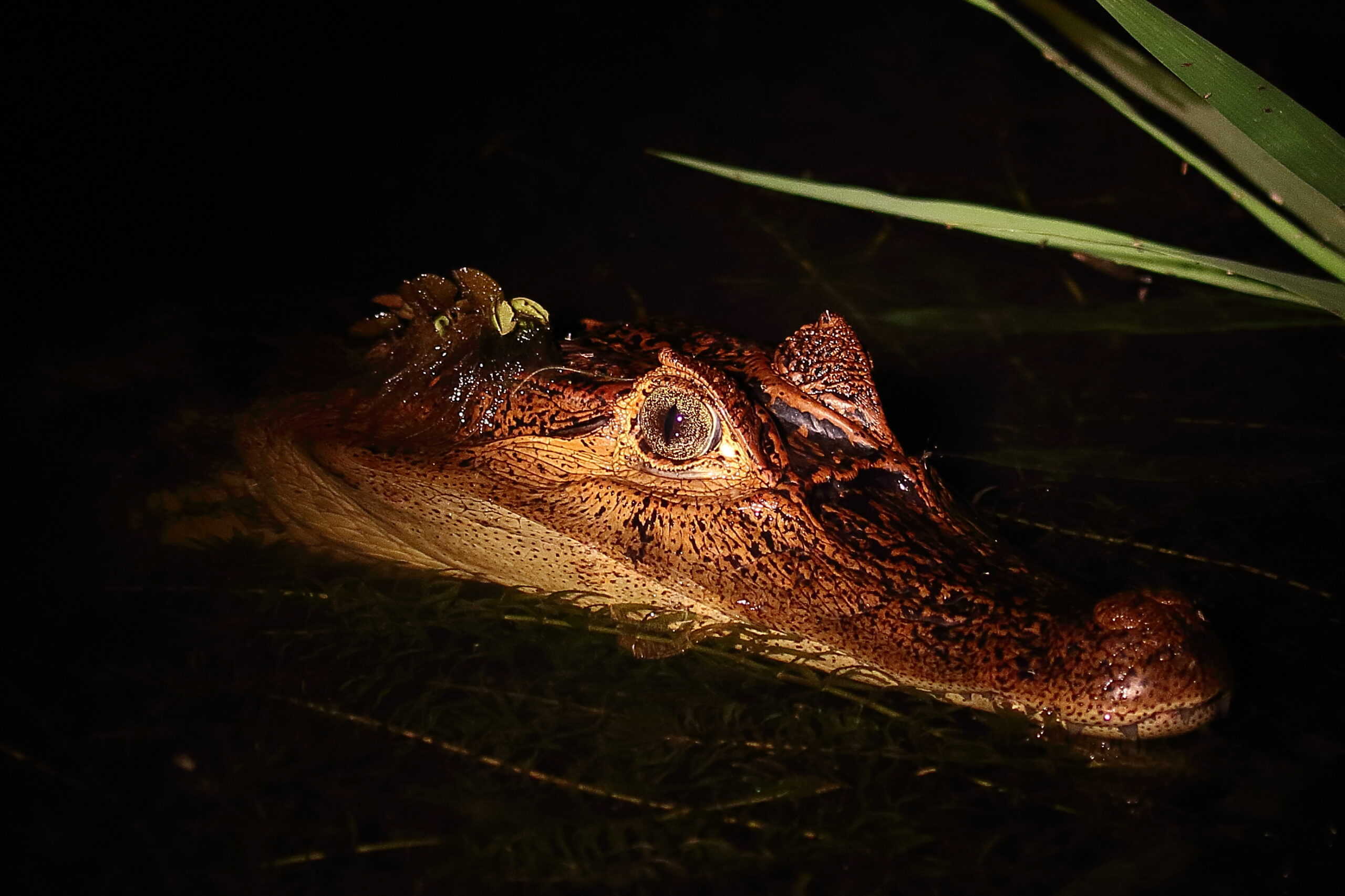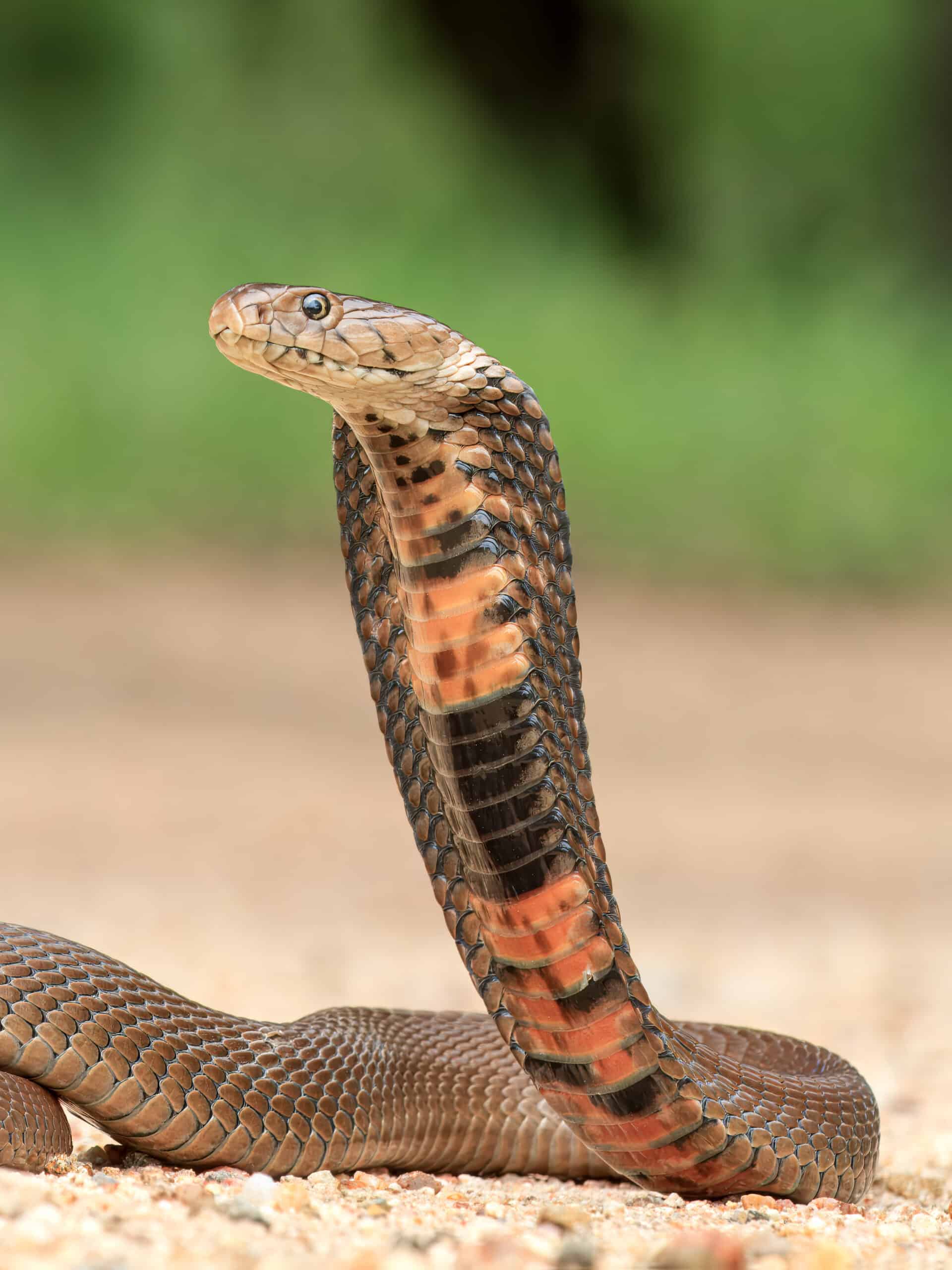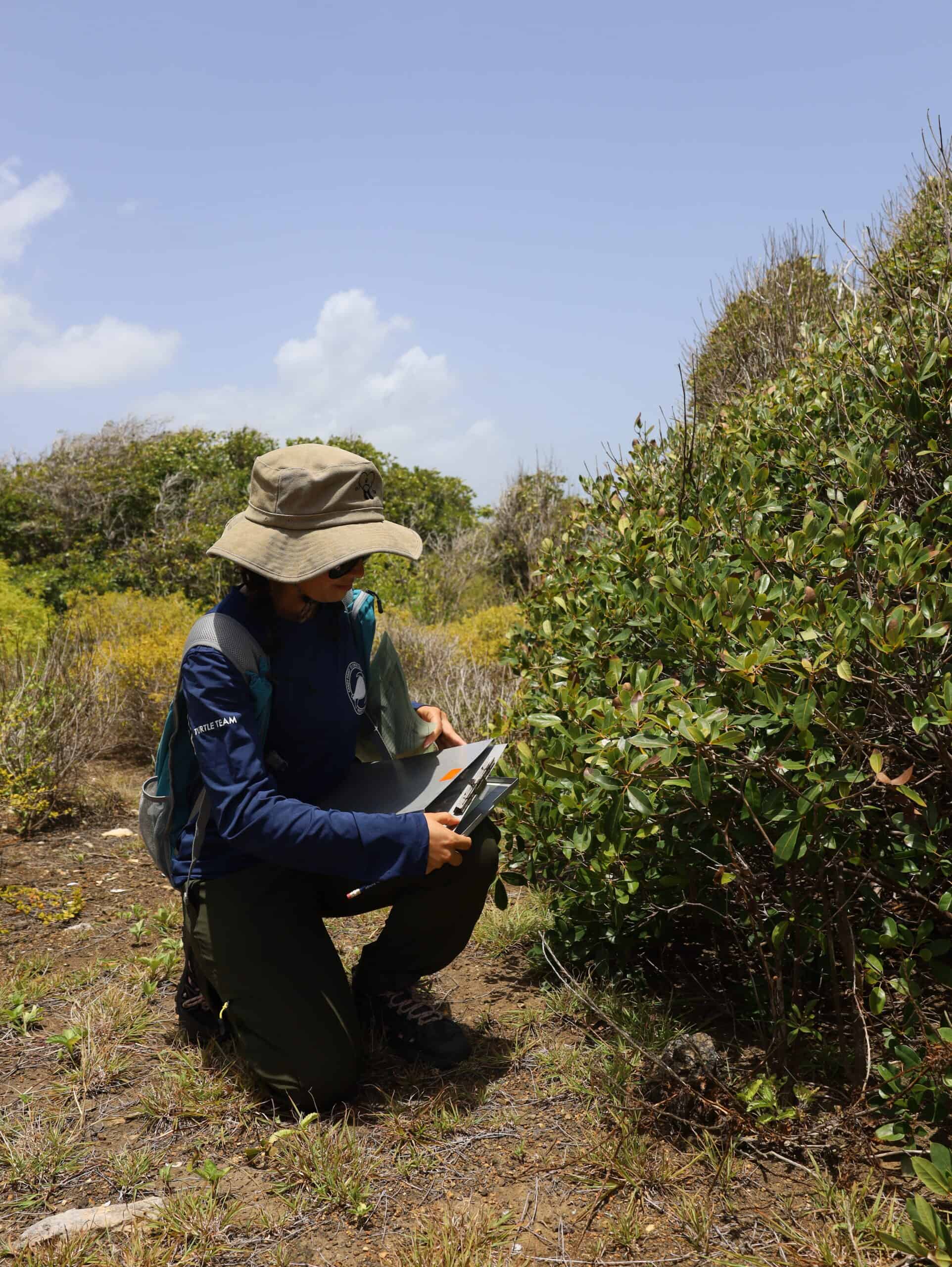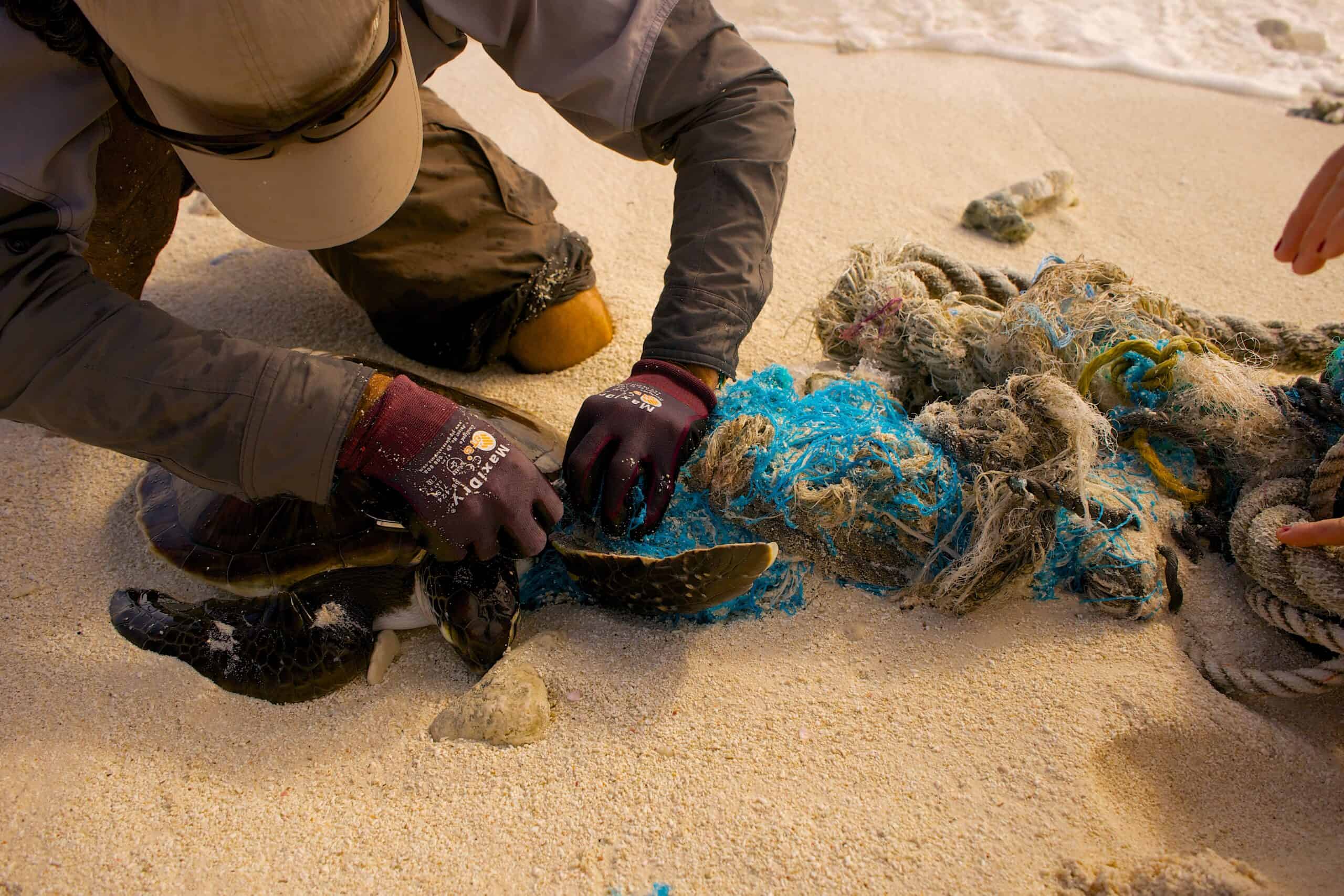Share this article
Wildlife Featured in this article
- Black caiman
- Spectacled caiman
JWM: Ecotourism may stress black caimans in the Amazon
Researchers found elevated corticosterone levels in black caimans after handling them and taking flash photography
Ecotourism activities involving handling and photographing black caimans may cause the animals stress in the Amazon.
Caiman viewing is a popular activity for tourists in the Amazon, including in Anavilhanas National Park in the central Amazon region of Brazil. The activity often involves capturing live caimans, handling them and taking flash photography.
Washington Mendonça, an adjunct professor at the Federal University of the Amazon in Brazil, and his colleagues wanted to see whether this activity had any physiological effect on black caimans (Melanosuchus niger) and spectacled caimans (Caiman crocodilus). They published their findings in the Journal of Wildlife Management.
Night shift
In September and December of 2019, the team detected caimans at night in seasonally flooded forest by shining spotlights from a boat. They captured smaller caimans as these were the kinds usually captured by guides. They caught both black and spectacled caimans using special tongs from 7 p.m. to midnight, so they were at a similar part in the circadian rhythm. That would also mean similar corticosterone levels—a common indicator of stress. After extracting blood from the captured caimans, the researchers held them in different positions similar to the way a tour guide poses them for photos. They took flash photos of some of these caimans, before extracting another blood sample. With other caimans, the researchers just handled them without taking photos.
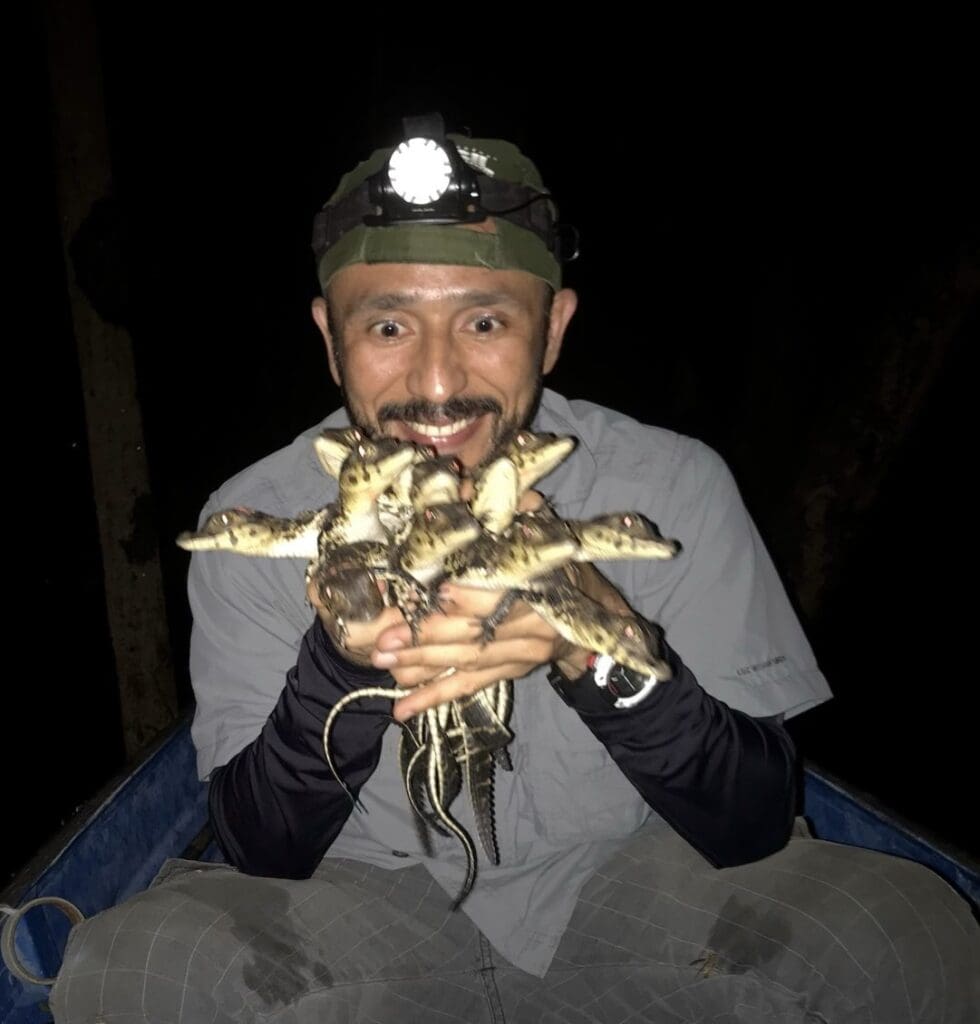
In the lab, the researchers analyzed these blood samples to see how the corticosterone had changed after handling, taking photographs or both. The results showed that these tourist activities mostly affected black caimans but had little effect on spectacled caimans.
In black caimans, which are more of conservation concern than spectacled caimans, Mendonça said, corticosterone levels increased 1.7-fold, on average, when the animals were handled but not photographed. The levels increased 2.7 times when they were photographed using flash but not handled, compared to a control group. Lactate, another marker of stress, also increased in black but not spectacled caimans when researchers used flash but didn’t handle them.
Other research has shown that black caimans may have vision more similar to American alligators (Alligator mississippiensis) than other caimans. In effect, their eyes may be more sensitive to light, which may explain why the flash, but not handling, increased the stress of black caimans—but Mendonça said his team didn’t directly test this idea.
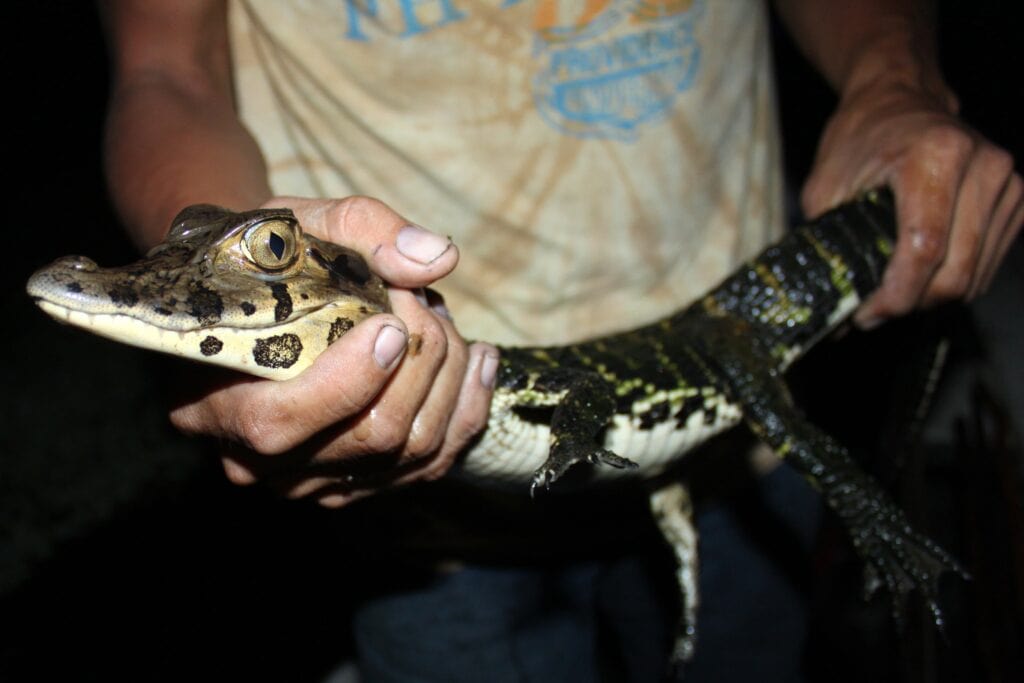
Contrary to what researchers would have thought, corticosterone levels did not increase more when any caimans were both handled and photographed at the same time, rather than just one or the other. “Short‐term interaction with this Amazonian crocodilian is stressful,” the researchers wrote about black caimans in the study. “Knowledge of the effects of this activity on the crocodilians is important for planning tourism and possibly for the conservation of the target species.”
In the long term, repeated handling may cause chronic stress in some individuals, the writers continued. This is concerning as some guide outfits conduct these kinds of operations quite often in some areas. Ecotourism operations in the area might improve the health of caiman populations by focusing less on black caimans than spectacled caimans, since the latter seem to cope better with handling and flash photography, they said.
The researchers only handled and photographed the caimans for about two minutes in this study. As a result, Mendonça cautioned that it’s possible that black, and even spectacled caimans, might experience more stress if handled for longer periods.
This article features research that was published in a TWS peer-reviewed journal. Individual online access to all TWS journal articles is a benefit of membership. Join TWS now to read the latest in wildlife research.
Header Image: Spectacled caimans were more affected by photography than black caimans in experiments. Credit: ryanacandee



